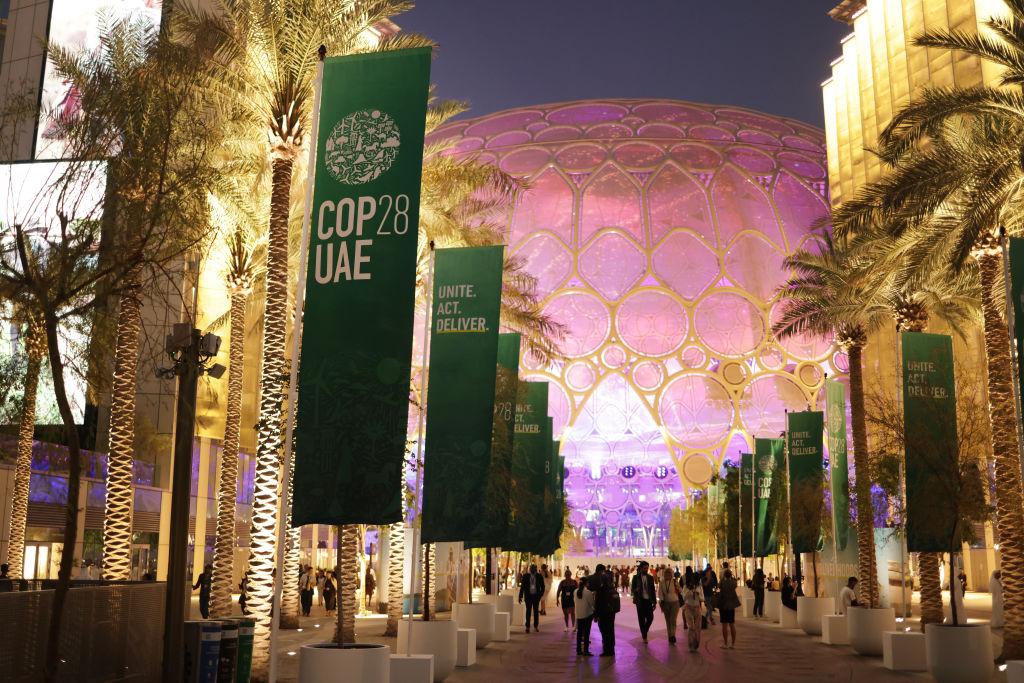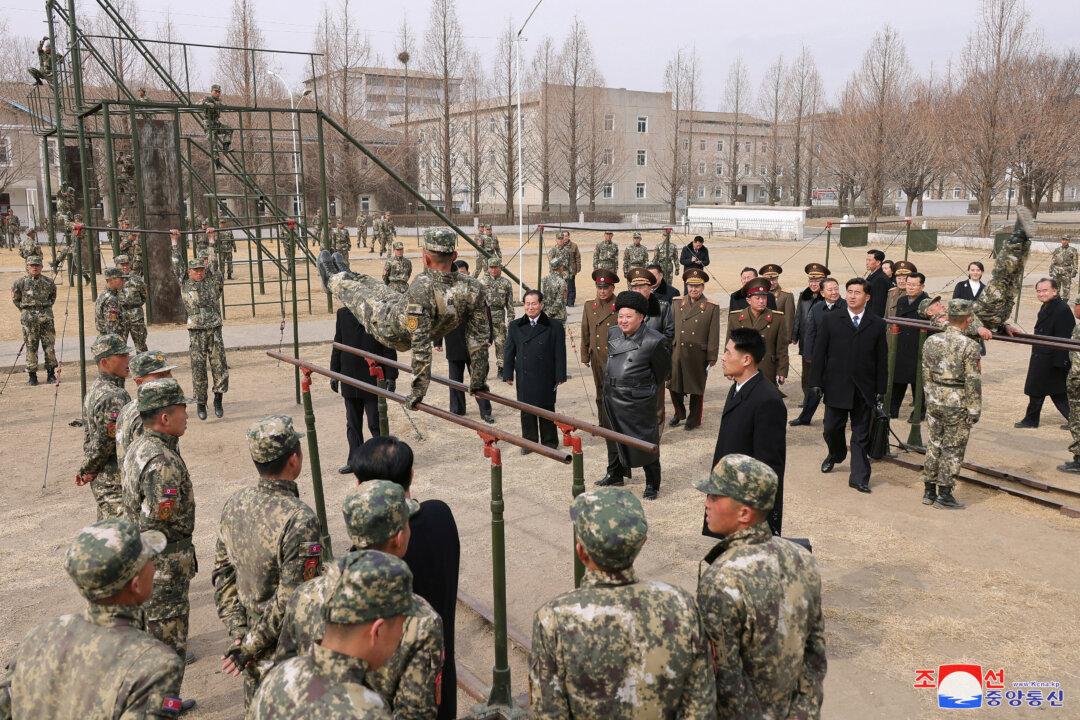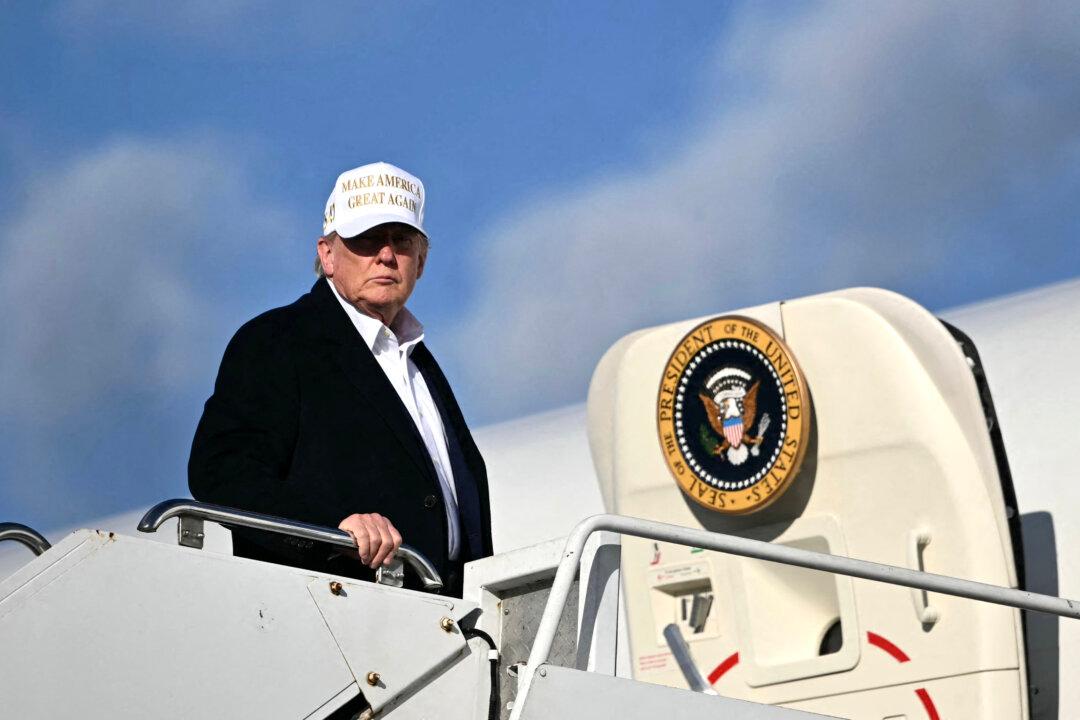The United States and 21 other countries from four continents signed a pledge at the United Nations climate summit on Dec. 2 to triple global nuclear energy capacity by 2050 from the levels recorded in 2020.
“Core elements of the declaration include working together to advance a goal of tripling nuclear energy capacity globally by 2050 and inviting shareholders of international financial institutions to encourage the inclusion of nuclear energy in energy lending policies,” the U.S. Department of Energy stated.
The countries that endorsed the pledge are the United States, Bulgaria, Canada, Czech Republic, Finland, France, Ghana, Hungary, Japan, South Korea, Moldova, Mongolia, Morocco, the Netherlands, Poland, Romania, Slovakia, Slovenia, Sweden, Ukraine, United Arab Emirates, and the United Kingdom.
In the declaration, the 22 signatory countries promise to “support the development and construction of nuclear reactors,” such as small modular and other advanced reactors for power generation.
They pledged to “mobilize investments in nuclear power,” including through innovative financing mechanisms, such as engaging with shareholders of the World Bank, international financial institutions, and regional development banks.
It recognizes the importance of extending the lifetimes of nuclear power plants “that operate in line with the highest standards of safety, sustainability, security, and non-proliferation, as appropriate.”
The declaration also includes a commitment to “support responsible nations looking to explore new civil nuclear deployment under the highest standards of safety, sustainability, security, and non-proliferation.”
Speaking at the summit, U.S. climate envoy John Kerry said the world can’t achieve “net zero” emissions without building new reactors.
“We are not making the argument that this is absolutely going to be the sweeping alternative to every other energy source,” Mr. Kerry said during a launch ceremony.
“But ... you can’t get to net zero 2050 without some nuclear, just as you can’t get there without some use of carbon capture, utilization, and storage.”
IAEA Backs Nuclear Power

Rafael Mariano Grossi, director general of the International Atomic Energy Agency (IAEA), said that achieving global net zero carbon emissions by 2050 will require “swift, sustained and significant investment” in nuclear energy.
“Resilient and robust nuclear power has the potential to play a wider role in the quest towards net zero carbon emissions while ensuring the highest level of nuclear safety and security,” he said at the summit.
“It can help to decarbonize district heating, desalination, industry processes, and hydrogen production.”
Mr. Grossi also emphasized the need to maintain operating nuclear power plants to construct a low-carbon bridge. Nuclear power produces almost no greenhouse gas emissions.
“Continuous plant life management and refurbishment ensure the ongoing safety and reliability of our existing fleet, allowing it to provide decarbonized energy to the electric grid and other sectors,” he said.
“Net zero needs nuclear power.”







